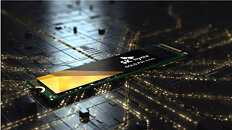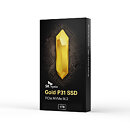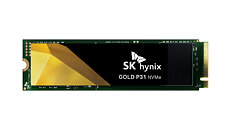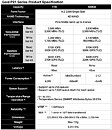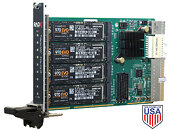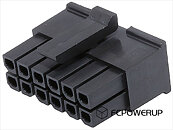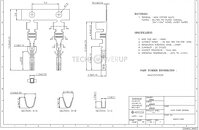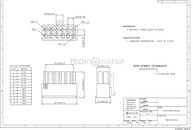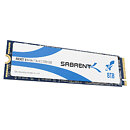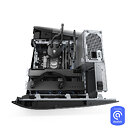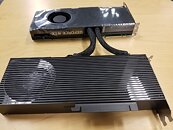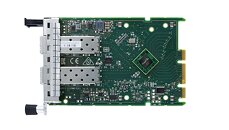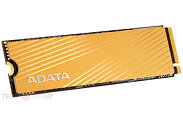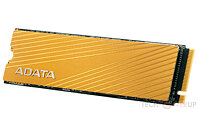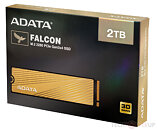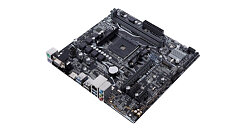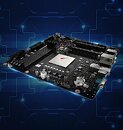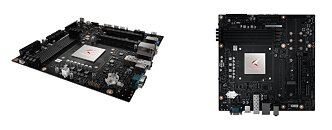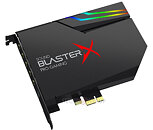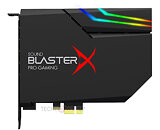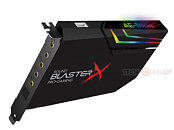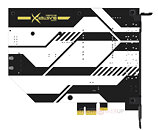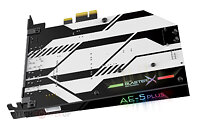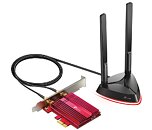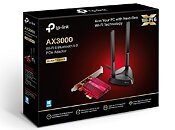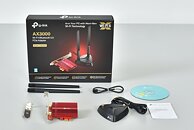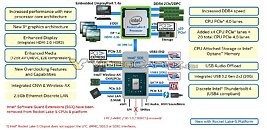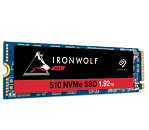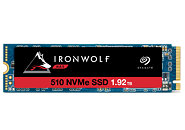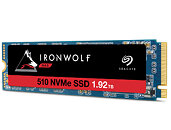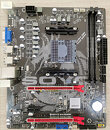
QNAP Launches GM-1000 QuTS Hero NAS
Running the ZFS-based QuTS hero operating system, the GM-1000 focuses on data integrity and features powerful block-level inline data deduplication and compression. Near-limitless snapshots, real-time SnapSync, and many more business-oriented features are also included to achieve reliable service-level agreement performance and Big Data storage.
"The GM-1000 features a unique dual-NAS architecture that delivers cost-efficient and space-saving advantages, ideal for offloading services between the two NAS nodes or running cross backup," said David Tsao, Product Manager of QNAP, adding "Its ZFS storage and performance makes it perfect for massive file storage, virtualization, and post-production with outstanding reliability and cost-effectiveness."
"The GM-1000 features a unique dual-NAS architecture that delivers cost-efficient and space-saving advantages, ideal for offloading services between the two NAS nodes or running cross backup," said David Tsao, Product Manager of QNAP, adding "Its ZFS storage and performance makes it perfect for massive file storage, virtualization, and post-production with outstanding reliability and cost-effectiveness."





